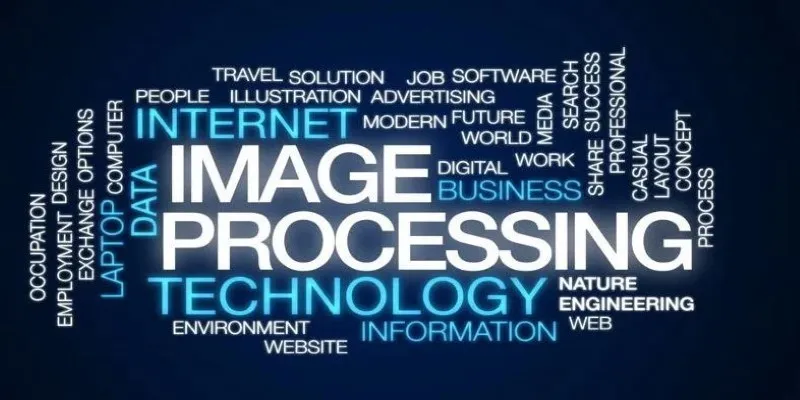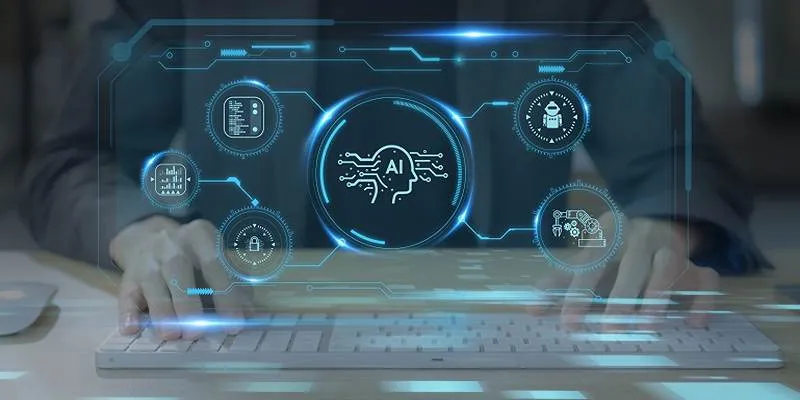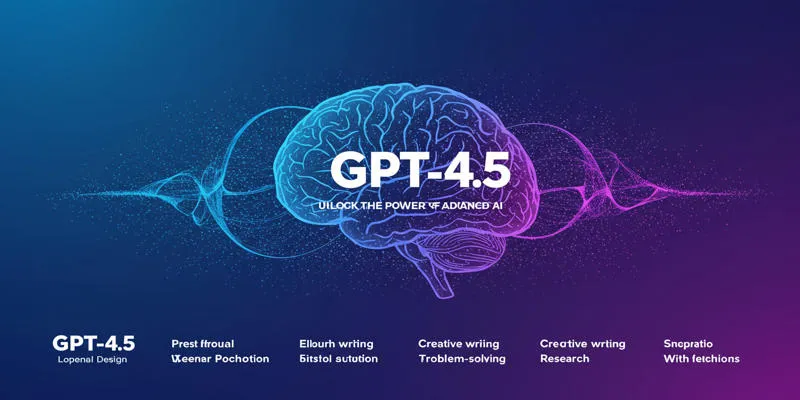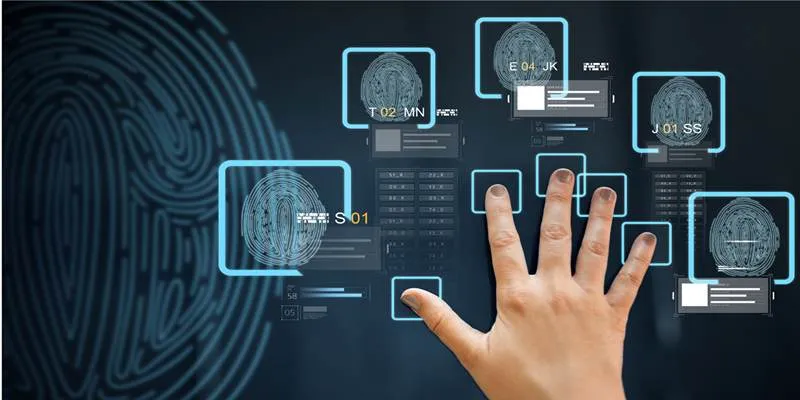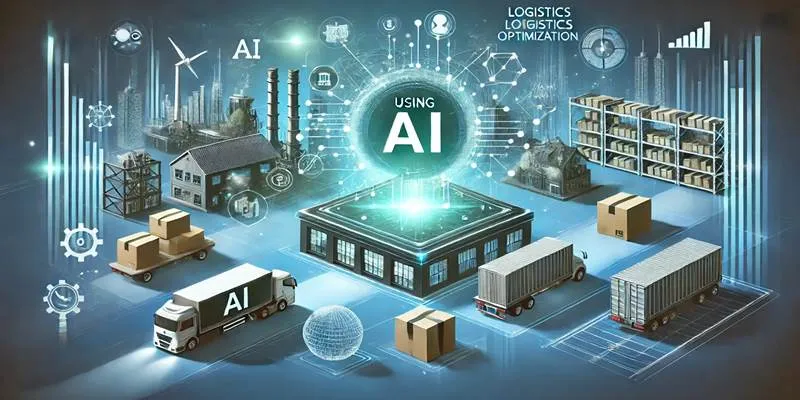Spatial computing is a groundbreaking technology that’s reshaping our interaction with the world around us. Imagine walking through your living room and seeing digital art pop up on the wall or using your phone to visualize how a new piece of furniture fits perfectly in your space—all without leaving your home. This is spatial computing in action, seamlessly combining the physical and digital worlds in ways that were once the realm of science fiction.
This transformative tool is not only changing industries but also enhancing daily experiences—from gaming to healthcare, education to design. So, what exactly is spatial computing, and how is it making a difference? Let’s explore this revolutionary technology and its vast potential.
How Does Spatial Computing Work?
Spatial computing operates by integrating digital and physical environments using technologies such as sensors, cameras, and artificial intelligence (AI). These technologies capture real-world data, analyze it, and construct a virtual model of the surroundings. Once the space is mapped, digital components can be superimposed and manipulated in the physical world.
A key technology in spatial computing is augmented reality (AR). Devices like Microsoft HoloLens and Apple’s ARKit use cameras and sensors to scan and analyze the environment, enabling digital objects to be embedded in the physical world. AR allows users to interact with digital content in real-time. For instance, an architect can visualize a new building design projected into a cityscape, or a surgeon can use digital overlays during surgery for enhanced accuracy.
Virtual reality (VR) also plays a significant role in spatial computing. VR creates entirely virtual worlds where users interact with digital objects, offering immersive experiences for simulation, training, or leisure. These virtual environments provide interactions that are hard to achieve in the real world, opening new opportunities across various fields.
Applications of Spatial Computing
The applications of spatial computing are numerous and continuously expanding. Let’s explore how spatial computing is revolutionizing industries and everyday life.
Healthcare
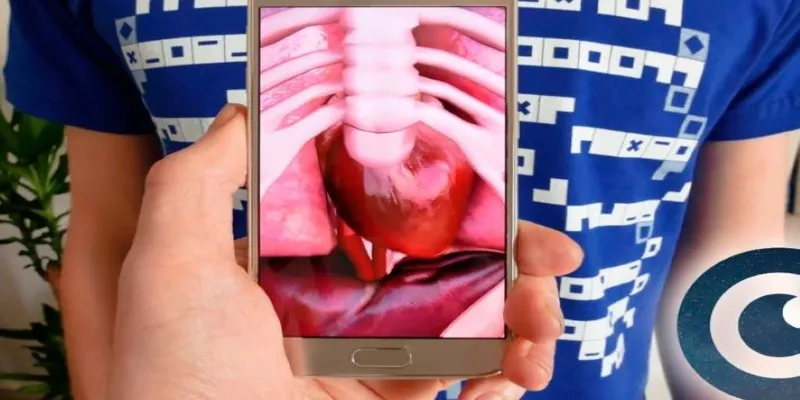
In healthcare, spatial computing aids physicians in conducting surgeries with enhanced precision and reduced risks. Surgeons can visualize organs and blood vessels using AR, providing real-time, three-dimensional images of the body. This enhances procedural accuracy and shortens recovery times. VR is also used for medical training, allowing students and professionals to practice complex procedures in a controlled, risk-free virtual environment.
Education
Spatial computing is revolutionizing education by enabling more interactive engagement with learning materials through AR and VR. For example, students could walk through ancient ruins in a history lesson via VR, experiencing history firsthand. Similarly, AR can help visualize complex scientific concepts, making abstract ideas tangible and easier to understand. By creating a more immersive learning experience, spatial computing makes education more engaging and effective.
Retail and E-Commerce
In the retail industry, spatial computing offers innovative ways for customers to experience products before making a purchase. AR lets customers visualize how furniture will look in their living room or how clothing will fit—without leaving home. This “try before you buy” experience is revolutionizing e-commerce, enhancing the shopping experience for businesses and consumers alike.
Entertainment and Gaming
Spatial computing has already made a significant impact on entertainment and gaming. VR creates fully immersive gaming experiences, transporting players into digital worlds where they can interact with characters and environments realistically. AR enriches everyday activities by bringing digital elements into the real world. Games like Pokémon Go have popularized spatial computing by blending real-world exploration with digital gameplay.
Architecture and Construction
In architecture and construction, spatial computing allows professionals to visualize and manipulate buildings digitally before construction begins. AR can superimpose 3D models onto construction sites, helping architects and engineers identify potential issues before breaking ground. This improves efficiency and reduces the likelihood of costly mistakes.
Challenges and Considerations
Despite its potential, spatial computing faces several challenges. Ensuring accurate and seamless interaction between digital and physical worlds requires highly precise technology to make digital objects appear realistic. Additionally, devices like AR glasses and VR headsets must balance power with comfort, processing data in real-time without being cumbersome.
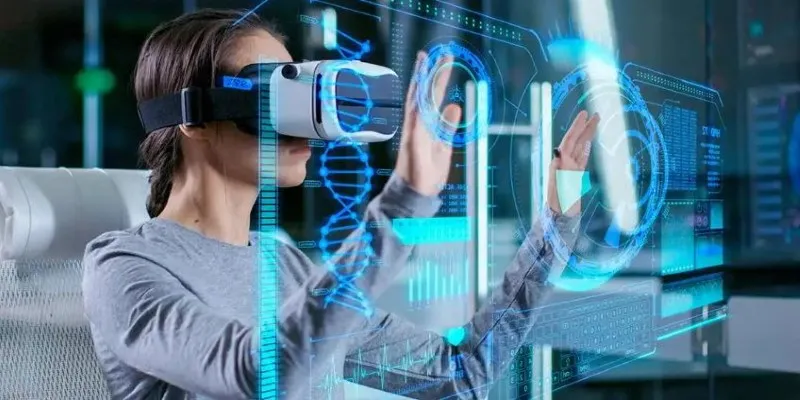
Privacy and security concerns are also paramount, as spatial computing captures large amounts of data about the physical environment. Protecting personal and sensitive information is crucial as this technology becomes more integrated into everyday life.
The Future of Spatial Computing
Though still in its early stages, spatial computing holds immense potential for the future. As technology advances, it will become an integral part of daily life, with digital assistants physically appearing in our space to assist with tasks. Shopping could feel as real as in-store experiences, even from a distance. In the near future, spatial computing will play a key role in industries like manufacturing, robotics, and transportation.
Self-driving cars could leverage spatial computing to navigate their surroundings more effectively, while robots could perform tasks in the physical world. Furthermore, spatial computing will transform collaboration, enabling teams to work together in virtual spaces that feel as real as an office environment. The possibilities are limitless.
Conclusion
Spatial computing is a transformative technology that merges the physical and digital worlds in unprecedented ways. From healthcare and education to retail and entertainment, it is already significantly impacting various industries. As technology continues to evolve, spatial computing will unlock even more possibilities, offering new and immersive ways to interact with the world around us. While challenges remain, the future of spatial computing is incredibly promising, with boundless potential. As we continue to explore these new digital frontiers, spatial computing will fundamentally change how we live, work, and play.
 zfn9
zfn9
